Nanaimo has an abundance of writers including poets, spoken word performers, novelists, short story writers, humorists, bloggers, storytellers, historians, and journalists. Among the novelists and short story writers is Carol Windley, an award-winning, Vancouver Island-born writer.
Carol has two story collections including Home Schooling, winner of the Ethel Wilson Fiction Prize and a finalist for the Scotiabank Giller Prize. An earlier novel is Breathing Under Water and her latest, published this year by HarperCollins, is Midnight Train to Prague.
Carol was born in Tofino on the west coast of Vancouver Island and her brother Steve Guppy was born in Nanaimo. He is also a writer and as Carol describes him: “a wonderful poet and an accomplished short story writer, novelist, and former creative writing prof at VIU [Vancouver Island University].” Steve’s wife Nelly Kazenbroot is a poet and has published books for children.
Two writers in the family “was probably more than enough,” Carol told me when I asked her lots of questions about the writing of her new novel. She remembers when she and Steve were children: “When Steve and I were about six and ten we’d write stories and then ask Mom to pick the one she liked best. Wisely, she said she liked both stories and couldn’t decide.”
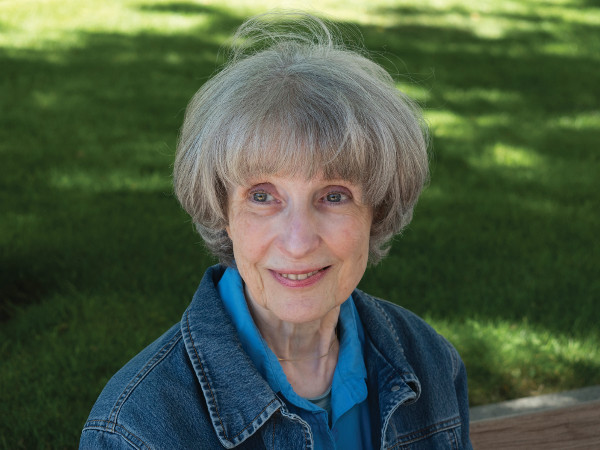
Photo of Carol Windley by Robert Windley
Robert Windley, Carol’s husband, took the lovely photograph of her. They met in Nanaimo and have lived in various places on the island before settling her Nanaimo. They have a daughter, Tara.
Writing Practice
I asked Carol about her writing practice and routine and wondered if she is one who writes first and does research later or the reverse? She said: “I love the early, quiet hours of the day. If I can, I get up at about five, sit at the table with a coffee and read. Then I check the news online, start thinking about writing, read some more, make notes, and finally–at last!–start writing. I work later on in the day, too, if there’s time.
“I researched as I wrote, which might not be the ideal strategy, but it felt right at the time. A long stretch of concentrated research would have distanced me from the characters and the story. Of course, as I checked dates, details, and names, I kept coming across new sources and new bits of historical information, and that meant breaking off to do some more research.”
A Brief Synopsis
I found Midnight Train to Prague to be a marvel with fascinating characters during a time in history when there is still much to learn. I like what Ellen Keith said in her endorsement of the book: “An original and compelling story, told with vivid detail and a richness in setting . . . Windley’s characters are symbols of a disappearing era, as they navigate the dramatically shifting political landscape of a central Europe teetering between wars.”
The novel begins in 1927 when Natalia Faber is travelling with her mother Beatriz from Berlin to Prague. When the train is delayed in Saxon, Switzerland, “Natalia learns the truth about her father [Alfred] and meets a remarkable woman named Dr. Magdalena Schaefferova, whose family will become a significant part of her future.”
At a spa on the shore of Lake Heviz in Hungary, Natalia meets a journalist and writer, Count Miklos Andorjan. They later marry and Natalia lives on a rural estate in Hungary until war breaks out in Europe. Losing touch with Miklos, Natalia goes to Prague where she believes they will meet. Prague is under Nazi occupation and it is there “she sets up shop as a fortune teller” it is there she meets Magdalena Schaefferova’s young daughter Anna.
Carol hasn’t travelled to Prague but after studying maps of it, she says: “I think I could find my way around the city! One day I hope to visit Prague, but the thing is, the world I most wanted to explore existed in the past.”
The Development of Characters
As the intricacies of the various relationships in the book all sound so very “real,” I thought Carol may have been writing about members of her family. Not so!
“My original idea was to write a novel set in the mid-twentieth century, although I imagined it would be from a Canadian or British point of view. But it was Europe that fascinated me, especially Germany. That brief period between the wars, when Germany was a liberal democracy, ended so abruptly when the Nazis came to power in 1933. How did it happen, how was it possible, and what was it like for people? “
As for the characters, I wondered if they led the way.
Carol said: “I don’t know if every writer has the same experience, but I often think the characters believe they’re as real as I am, if not more real. Fiction writing is a mysterious process to begin with, and never more so than when these characters appear, often with names and personalities in place. In the first drafts, they’re still a little indistinct, but with each subsequent draft, and with time, I get a better sense of who they are. By the end, I almost couldn’t bear parting with them.
“In a first draft I began with Anna. Then, I wanted to write more about Germany. And I didn’t want to write only about the war. So, I began again, in Germany, in the interwar years. I was influenced, too, by an editor, who said, after reading an early draft, that she thought it was Natalia’s story more than Anna’s. I loved writing Anna, though. I loved her courage and her faithfulness to who she was.”
With all the details of people’s names for instance, it’s as if Carol knew of these people such as Onkel Fritz and Tante Liesel, Beatriz’s uncle and aunt.
Carol told me:“ Onkel Fritz and Tante Liesel were two peripheral characters who served the purpose of getting Beatriz from Buenos Aires to Berlin and introducing her to her lover, Alfred Faber. I liked them a lot. If I was writing this novel over from the beginning, I’d be tempted to do more with them.”
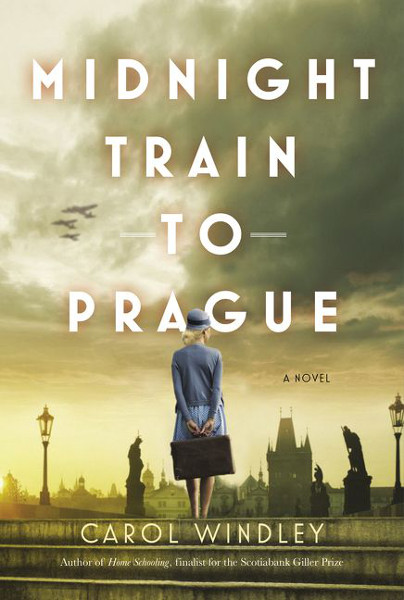 Research
Research
I found it to be an interesting bit of history to learn that Europeans living in Argentina sent their children “home” to be educated so Beatriz Faber, Natalia’s mother, and her brother were schooled in Berlin.
“Thanks to Google Books and Gutenberg.org I found e-pub books, copyright long expired, that were incredibly useful,” Carol said.”One of the books I downloaded from Gutenberg was a brief history of the Argentine, which yielded the interesting fact that Europeans there sent their children ‘home’ for schooling.”
Natalia’s friend Julia says she was given a charm to say by Natalia’s mother Beatriz: “Every day, in every way, I’m getting better and better.” It sounds like a Louise Hay quote from our more modern era. I asked Carol if she had an earlier source for the “charm.”
She learned that “Emil Coue (born in 1859), was a French pharmacist and psychologist, inventor of the placebo effect and of the therapeutic benefits of autosuggestion. Every day, in every way, I’m getting better and better, was a very popular mantra around 1927.”
Another bit of fascinating information from Carol’s research.
Synchronicities
I was intrigued by the beginning of the book when Natalia sees an open motorcar with its driver in a tan jacket and his passenger, laughing with her scarf fluttering in the wind – two people who would be of significance in her life. It seems to tie in with the fact that Natalia later becomes a fortune teller in Prague.
I love the synchronicities as they do happen in life such as Natalia and Beatriz leaving Berlin on July 10th, the same day Zita Kuznetsova, Miklos’s former lover, almost drowned and the same day Alfred, Natalia’s father, died. My partner Sarah and I find synchronicities all the time in relation to ages and dates of people we know.
Carol said: “I’m glad you liked the synchronicities! I worried about the coincidences but let them stay.”
Delectable Foods
There are some lovely sounding foods in the book like the chocolate-lavender cake Natalia and Miklos have in a cafe.
“Doesn’t chocolate lavender cake sound wonderful?” Carol said. “A Hungarian writer I read (in translation, of course) mentions chocolate lavender cake, and a Google search confirmed that it’s a popular Hungarian confection.”
Literary Connections
I appreciated reading of the various books that would have been available at the time such as the first German translation, in three volumes, of Ulysses by James Joyce. That was a frustrating search Carol said “but eventually I found the information I wanted at Abe Books.”
Another interesting aspect of the novel was to read of the theatre popular at the time such as The Threepeny Opera.
Carol learned that “Bertolt Brecht was deprived of his German citizenship by the Nazis. He lived for a time in the U.S., where he was questioned by the House Un-American Activities Committee. He’s someone I’d like very much to talk with over lunch. “
The book says: “After their marriage, Miklos anda Natalia spent a week in Trieste. . . . Miklos was writing an article on James Joyce’s years in Trieste.” I appreciated details like that. Carol found out that Joyce did live in Trieste and did teach English.
Fake News!
It was startling to read aspects of history that readers may have been unaware of such as: “The Press Law of October 1933 stated that journalists had to be Aryan and could not be married to a non-Aryan and were required to belong to the Reich Press Association.” (Hitler had become chancellor of Germany in January 1933)
“The Nazis began attacking the press long before taking power. Interestingly, they used the derogatory term “lugenpresse” –the lying press. Or, “fake news.”
In 1938, Beatriz and Zita leave Germany for Buenos Aires. Zita is Beatriz’s son-in-law’s former lover which is just the sort of out-of-the ordinary connections we can find in “real” life.
“Beatriz’s garden in Buenos Aires is a lush, fragrant, colourful and dream-like rendering of the scene in the photograph she keeps on the wall of her house in Germany. To Natalia, the garden is almost too much–it’s an unsettling contrast to Europe in ruins at the end of the war–and yet, as Zita says, you can’t escape reality, or the human condition, no matter how far you go.”
There is a beautiful description of the Argentinian garden near the very end of the book: “Everything in the garden shimmers with an extraordinary clear, luminous light: the sky, the magenta bougainvillea, the floribunda rose. . . It doesn’t matter what you’ve been through, Natalia thinks, such profusion gives you hope.”
And let’s leave it there with Natalia’s words of hope and with appreciation to Carol Windley on such a fine accomplishment and for taking the time to answer my many questions.



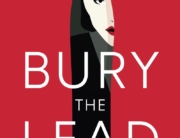


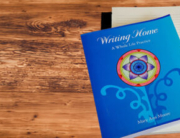

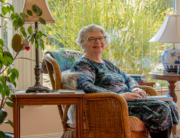
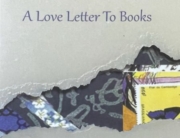


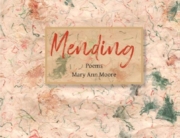
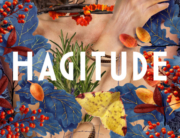
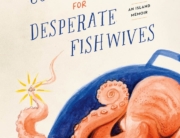
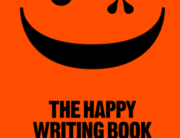

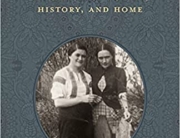
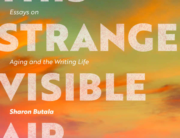
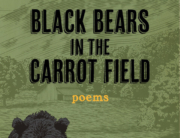
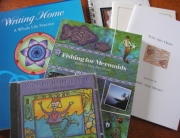
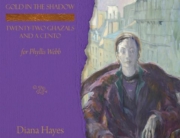
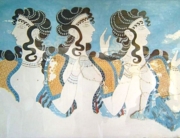

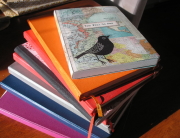
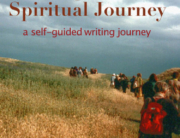
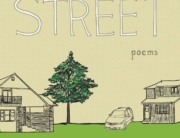
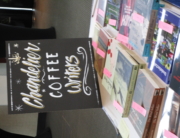
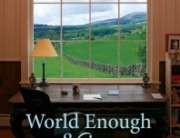

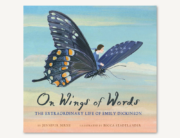


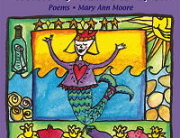
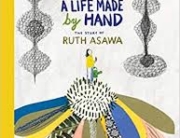



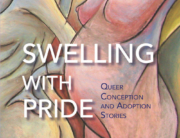

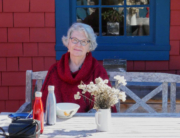
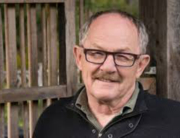
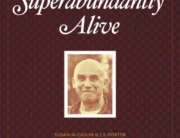
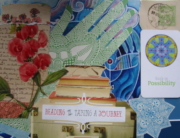
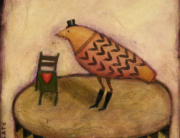
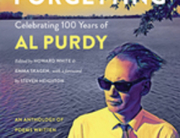





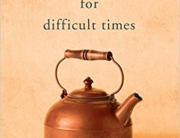

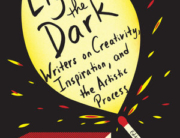
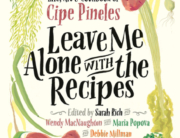
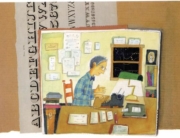









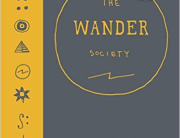



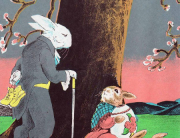






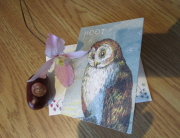


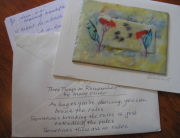




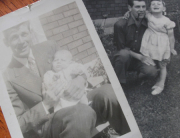
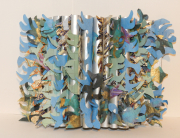


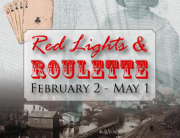
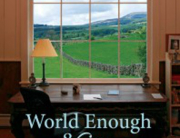




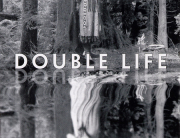

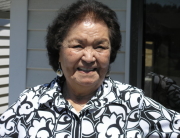
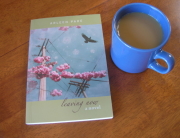



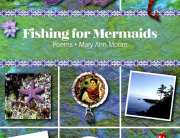
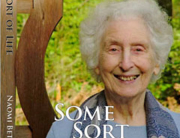
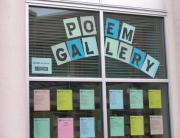
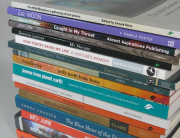

This sounds like a fascinating story!
Where do I get my copy!
You can get your copy wherever you go to buy books. If you order online, you can try Russell Books or Munro’s, both in Victoria. Enjoy!